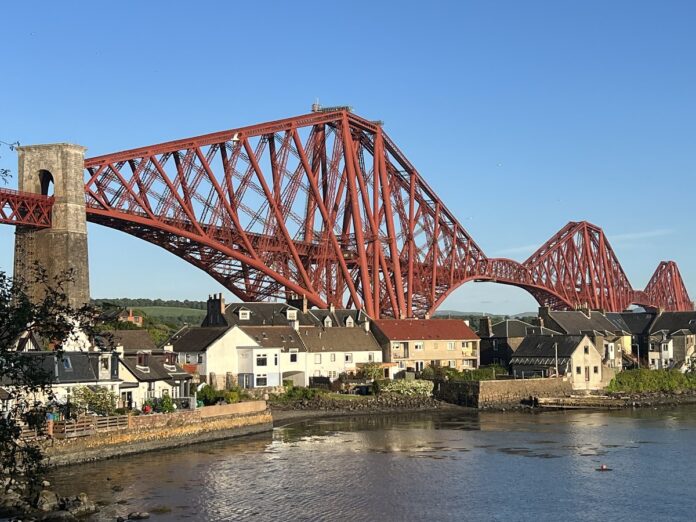Since Dunfermline was proclaimed Scotland’s eighth city in spring 2022 I’ve written a dozen stories hailing the joys of visiting the wonderful destination that it is. What a lot of people don’t realise is that south and west of Dunfermline is a coastline alive with deeply historic villages and towns that burst with things to see and do. And the good news is that this oasis is as easily accessible as Dunfermline by bike, car, bus or train, across the spectacular Forth Bridges – real historic and architectural icons themselves. This really is one of Scotland’s secret coastlines, a Firth of Forth littoral where you can escape the crowds. Culross, can be popular, but its charms always shine through and the other five fantastic places I’ve got on my list for you are never really too trammelled by tourists. I thoroughly recommend visiting Dunfermline as my blog on Scotland’s newest city reveals, but I also heartily encourage you to explore these remarkable half dozen escapes too.
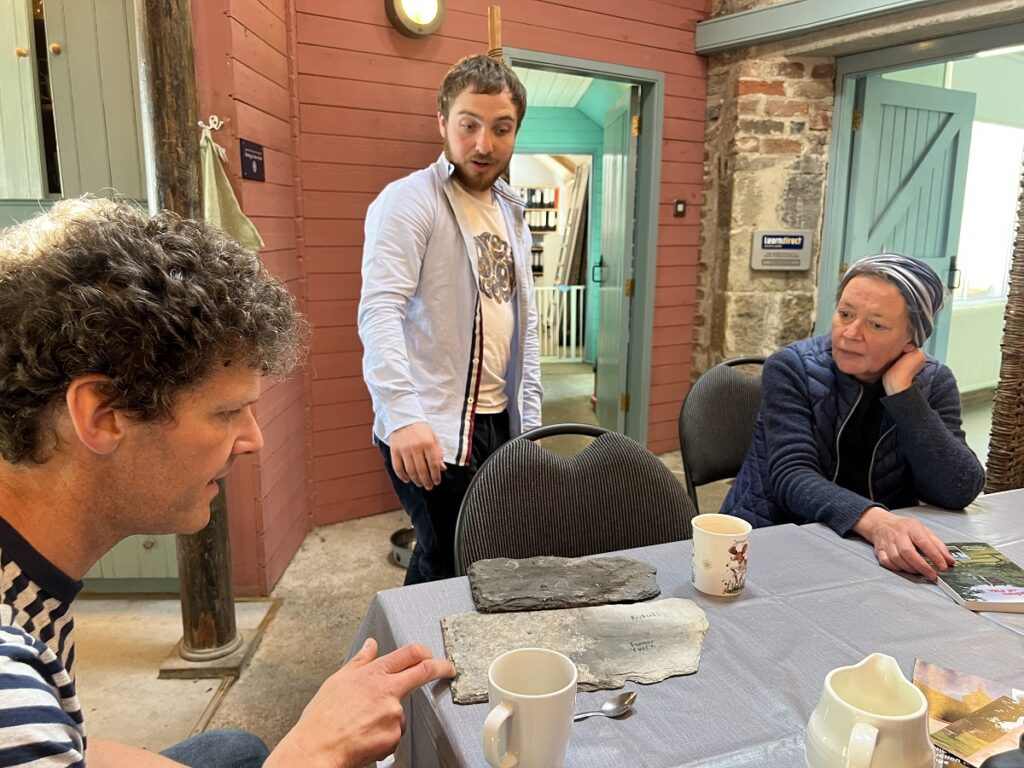
1. Culross
If you’ve seen the time travelling historic romance Outlander you’ll be familiar with the deeply historic streets of this waterfront timewarp. The reality is better than anything dreamed up for TV, witb a wealth of remarkable 16th and 17th century buildings woven around the tightly-knit streets. To wander from the old abbey down through the landmark Tolbooth (is that Jamie Fraser I hear racing by?) down to the Culross Palace is to step back centuries. A short film introduces you to the coal and salt success story that put Culross on the map and won it the status of royal burgh in 1588. Each room enriches that story, before the verdant gardens to the rear bewitch with their herbs, flowers and fruit trees. This is where nurse Claire Randall in Outlander came to concoct her own medicines and if you find your flora tonic here you can buy their nursery plants to take away.
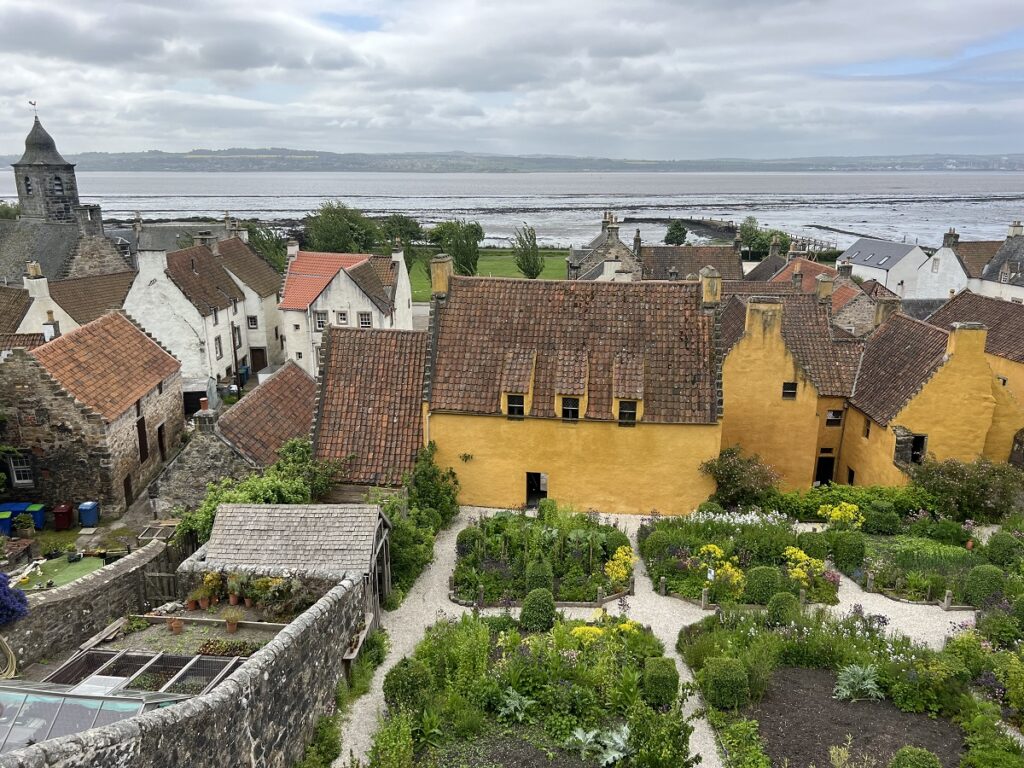
2. Charlestown
In West Fife terms Charlestown is a newcomer, only emerging in the 1750s when the 5th Earl of Elgin, Charles Bruce, helped kickstart large scale lime production and in the process vaulting forward Scotland’s whole Industrial Revolution. Charlestown really is that significant. Bruce was also relatively enlightened on worker conditions, building neat rows of cottages for the workers that you can still see, creating a template so closely followed by Unesco Heritage listed New Lanark two decades later that there is a paper trail of letters between them. Today you can wander the tight streets, then drop down to gawp at the hulking great limekilns, the largest lime-burning complex in all the UK. Their scale remains undimmed. The harbour in front – where once huge ships busied the worked lime away – may be silted up these days, but it’s easy to conjure up the scene in your mind. The exhibition at the Scottish Lime Centre just up the road tells the story in vivid detail – ask ahead of your visit about their lime making courses and workshops. You can really feel the passion and enthusiasm of the staff here.
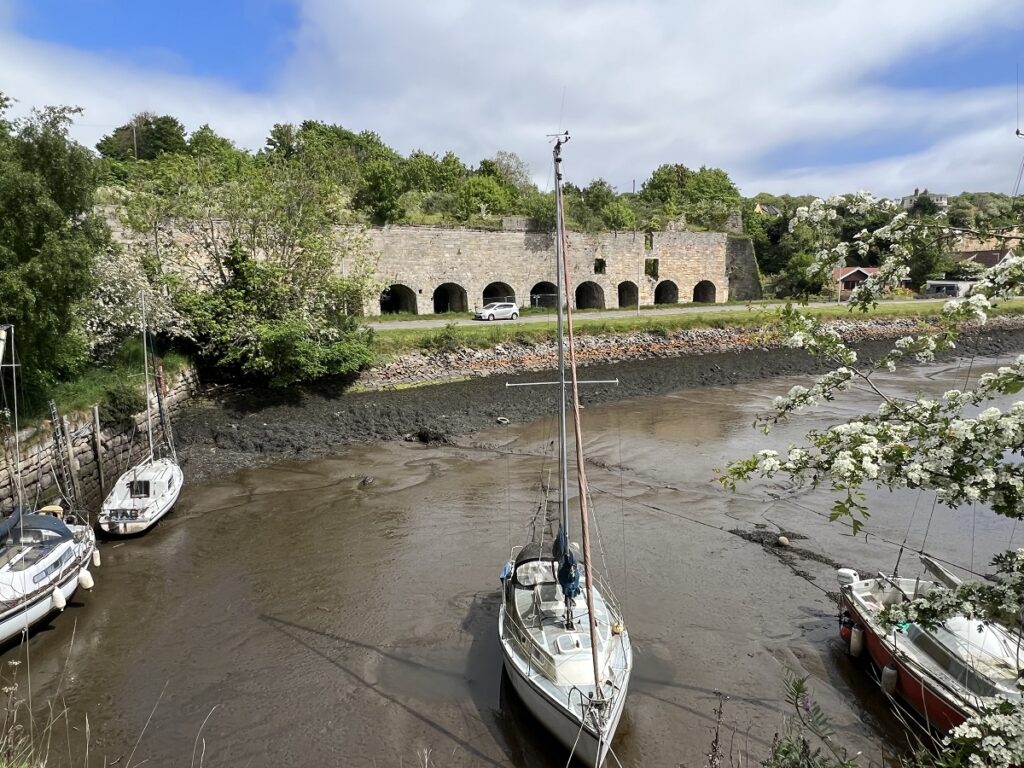
3. Limekilns
Once the harbour for the Royal hub of Dunfermline, today this gorgeous waterfront village is enjoying a more sedate middle age. Stress eases away here as you walk along by the pastel-hued houses and pretty little harbour. Don’t miss the legendary Ship Inn, a proper cosy pub where you are welcomed like a local – very West Fife. I can heartily recommend their real ales, the deliciously smoky Cullen Skink tart, and their proper fish and chips with mushy peas, washed down with Firth of Forth views. The Fife Coastal Path long distance walk passes right along the waterfront, a route that connects the West Fife villages and towns and pushes on further east past the Forth Bridges.
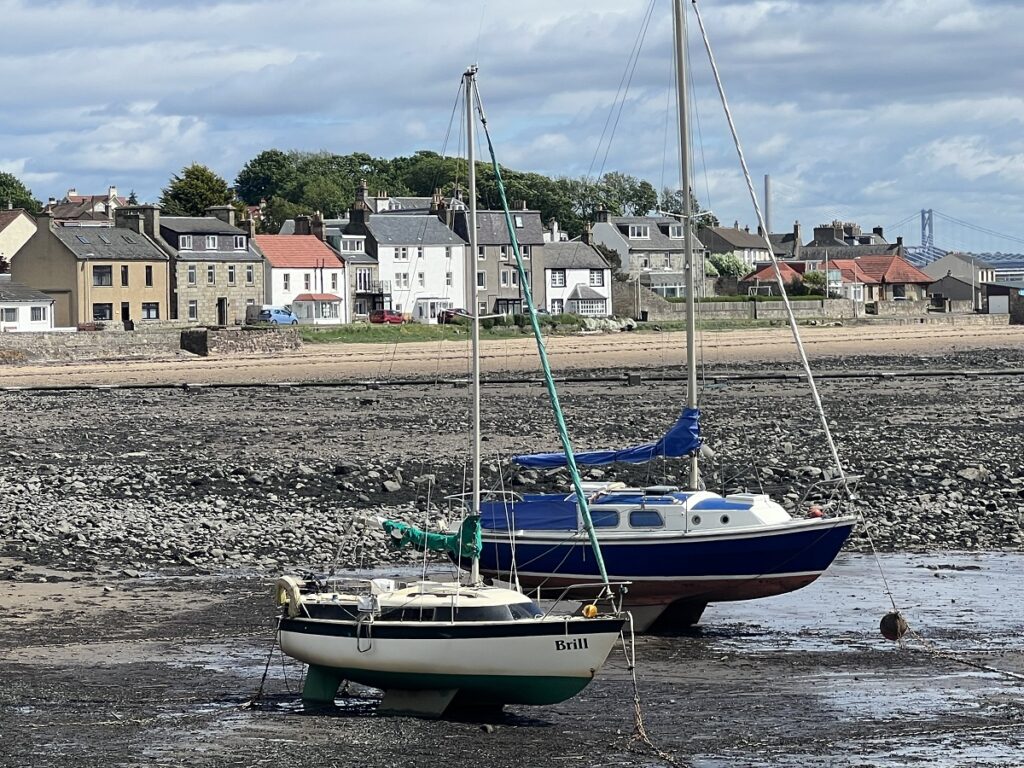
4. Rosyth
Most people know this port today for housing the shipyard that spawned the UK’s two hulking new aircraft carriers. Its naval heritage runs deep and the docks dominate today. This was Scotland’s first Garden City too, so that historic architecture is eye-catching. As is Rosyth Castle, once set on its own island, today marooned by the docks, but still striking in its rugged, ruined beauty. Just a short stroll away just off the Fife Coastal Path is a 16th-century doocot, which used to house the pigeons that were the meat supply for the castle.
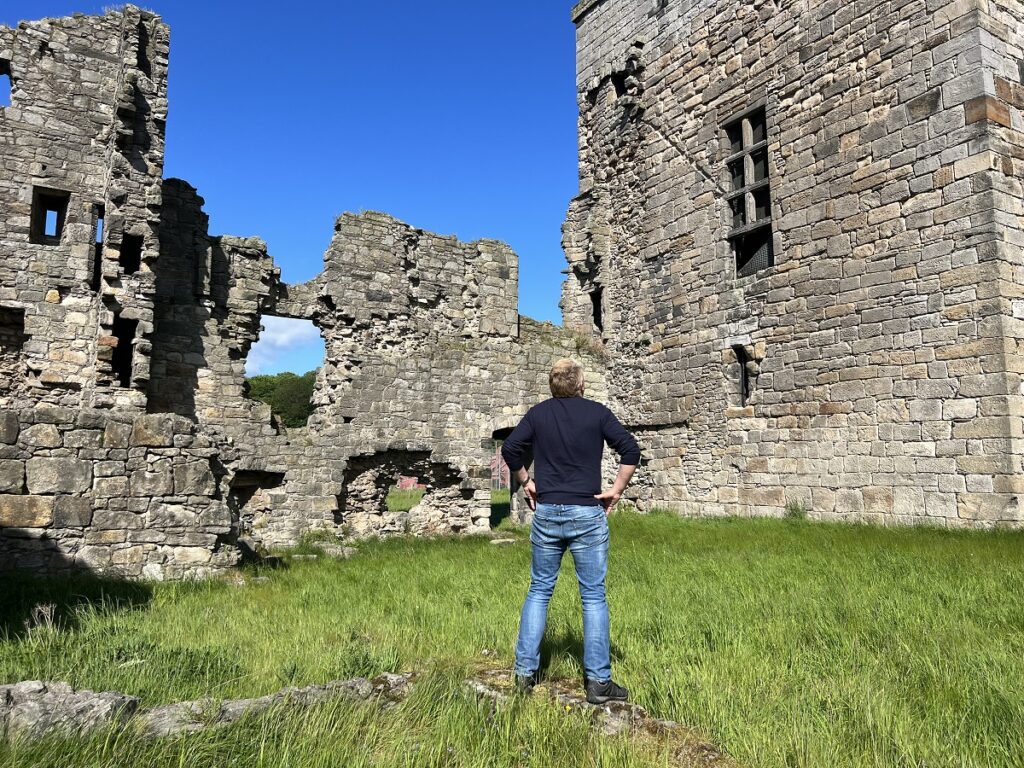
5. Inverkeithing
This often overlooked Royal Burgh bursts with history. Cromwell’s forces were here, routing Royalist forces in the Battle of Inverkeithing in 1651. On the still grand main street stands one of Scotland’s oldest Mercat Crosses (from the 14th century) and the historic Tolbooth. Then there is the grand 15th-century Friary building. The views from the gardens behind the latter are glorious, soaring out across from Fife over the Forth towards Edinburgh.
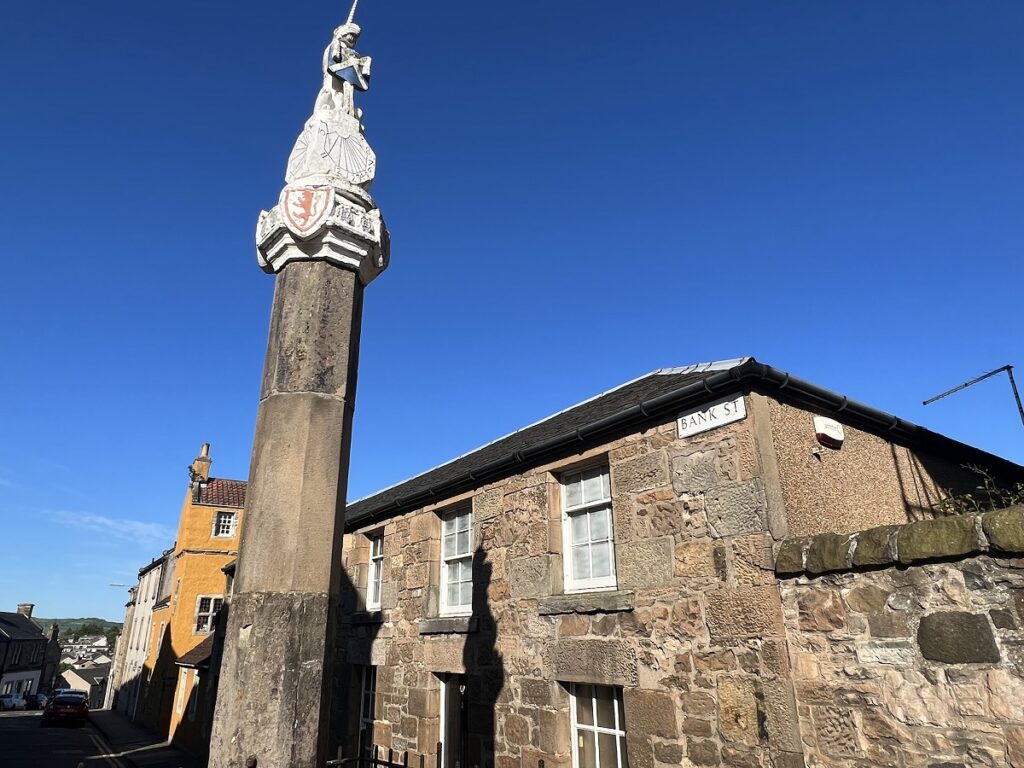
6. North Queensferry
Last, but certainly not least is North Queensferry, which sits in the shadow of the unique Forth Bridge, a world-famous Unesco World Heritage listed iron leviathan that has surged out of the Firth of Forth since 1890, held together with a whopping 6.5 million rivets. Don’t miss the Pierhead Museum, a bijou site that tells the tale of the bridges and ferries here. The museums also includes the Miniature Light Tower, the only one of its kind remaining anywhere in the world that can still be lit today that you can still visit. The pride of the people who look after the museum and light is infectious. Afterwards treat yourself to a meal at the sublime The Wee Restaurant, a superb culinary ship expertly steered by husband and wife team Craig and Vicci White. Tempting on the menu are the likes of Shetland mussels, or Orkney scallops to start, with a local treat spicy chilli crab with Fife’s Anster cheese. Steaks star on the main menu – including unusual Iberian pork steaks – alongside perfectly cooked halibut. Sumptuous desserts and well-chosen wines tempt to at this Michelin-recognised restaurant. Worth coming to West Fife for alone!
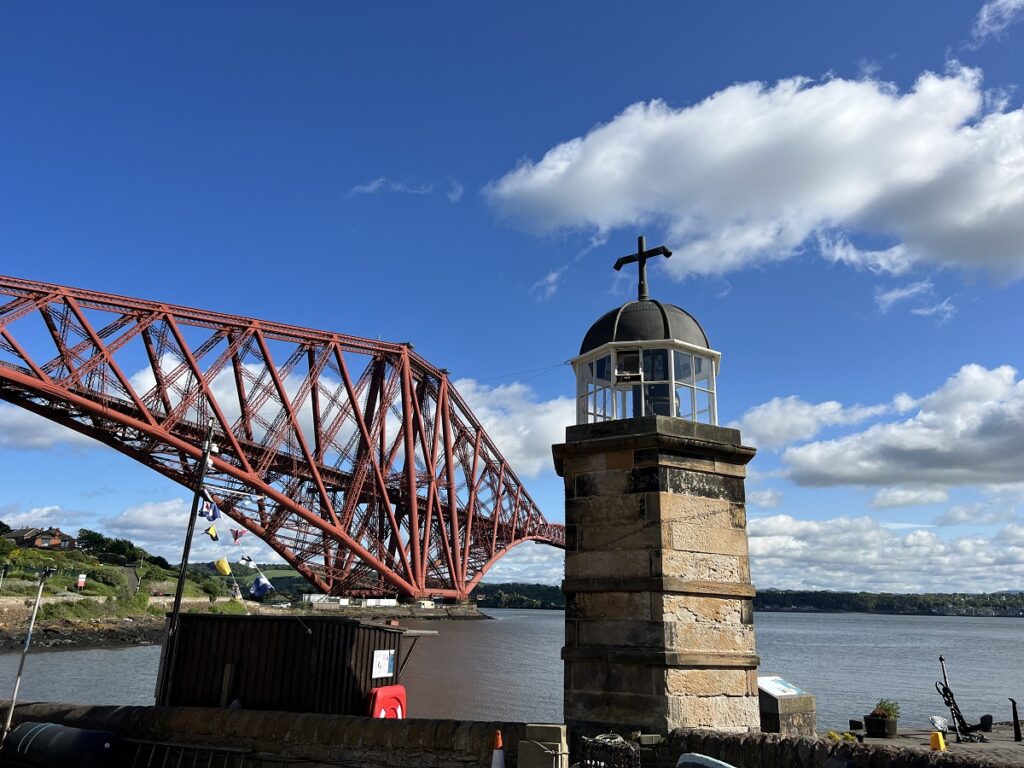
For more on West Fife check out www.dunfermline.com/dunfermline-and-west-fife-guide. There is also a very handy free e-book.
